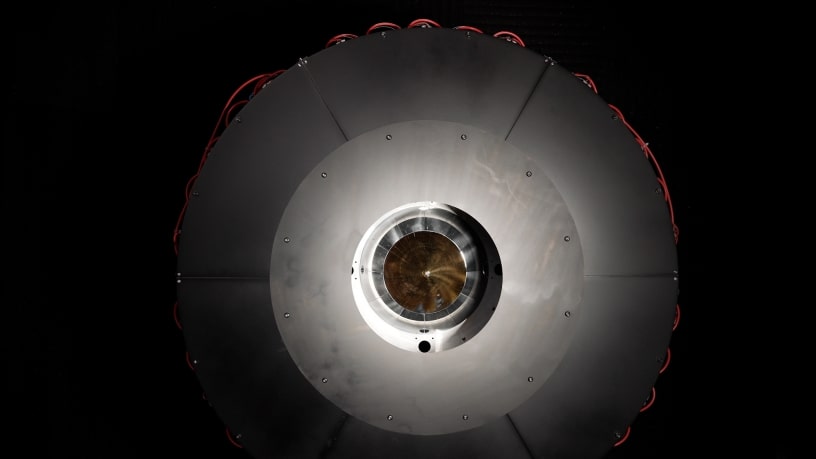
The U.S. military has achieved a remarkable milestone in wireless power transmission, successfully sending a laser that carried over 800 watts of power over a distance of 5.3 miles (8.6 kilometers).
This test, conducted by the Defense Advanced Research Projects Agency (DARPA) as part of its Persistent Optical Wireless Energy Relay (POWER) program, represents significant progress toward the goal of quickly transmitting energy wirelessly.
This latest achievement surpasses previous records set by the POWER program, which had earlier transmitted 230 watts over 1 mile (1.7 km) for 25 seconds and a smaller, undisclosed amount over 2.3 miles (3.7 km).
“We have definitively surpassed all previous records for optical power beaming in both power and distance,” Paul Jaffe, the program manager for POWER, stated.
Wireless power transmission (WPT) has been a visionary goal since Nikola Tesla’s time. In 1901, Tesla began building the Wardenclyffe Tower in Long Island, New York. This 187-foot (57 meters) tall structure was intended as the first component of a “World Wireless System” designed to send power around the globe. However, technical difficulties led to a loss of funding from financier J.P. Morgan, preventing Tesla’s dream from being realized.
Related: NASA’s groundbreaking 2-way laser experiment marks a major advancement for communication on the Moon and Mars
Recently, interest in this concept has surged, particularly for military and space applications involving solar power, which could harvest and transmit energy from sunlight in space, where it is significantly stronger than on Earth.
Energy is crucial for military endeavors, yet delivering it to remote battlefields and disaster zones can be slow, perilous, and resource-heavy, often draining fuel reserves, according to DARPA representatives.
“These tests, known as PRAD (POWER Receiver Array Demo), are a pivotal advancement toward the POWER program’s long-term aim of allowing instant power transmission from areas where energy is readily produced to locations where it’s needed,” the agency emphasized.
In this recent experiment at the U.S. Army’s White Sands Missile Range in New Mexico, energy was transmitted over 5.3 miles in a 30-second burst. The laser beam reached the receiver, passed through a small opening, and reflected off a parabolic mirror onto solar cells.
The pulse was transmitted with roughly 20% efficiency, and some of the energy was even used to pop popcorn. However, researchers have even bigger plans for utilizing this technology in the field, potentially powering unmanned aerial vehicles (UAVs).
The next steps will involve testing power transmission over multiple linked relays and vertical beaming, where less atmospheric obstruction could enhance efficiency.


